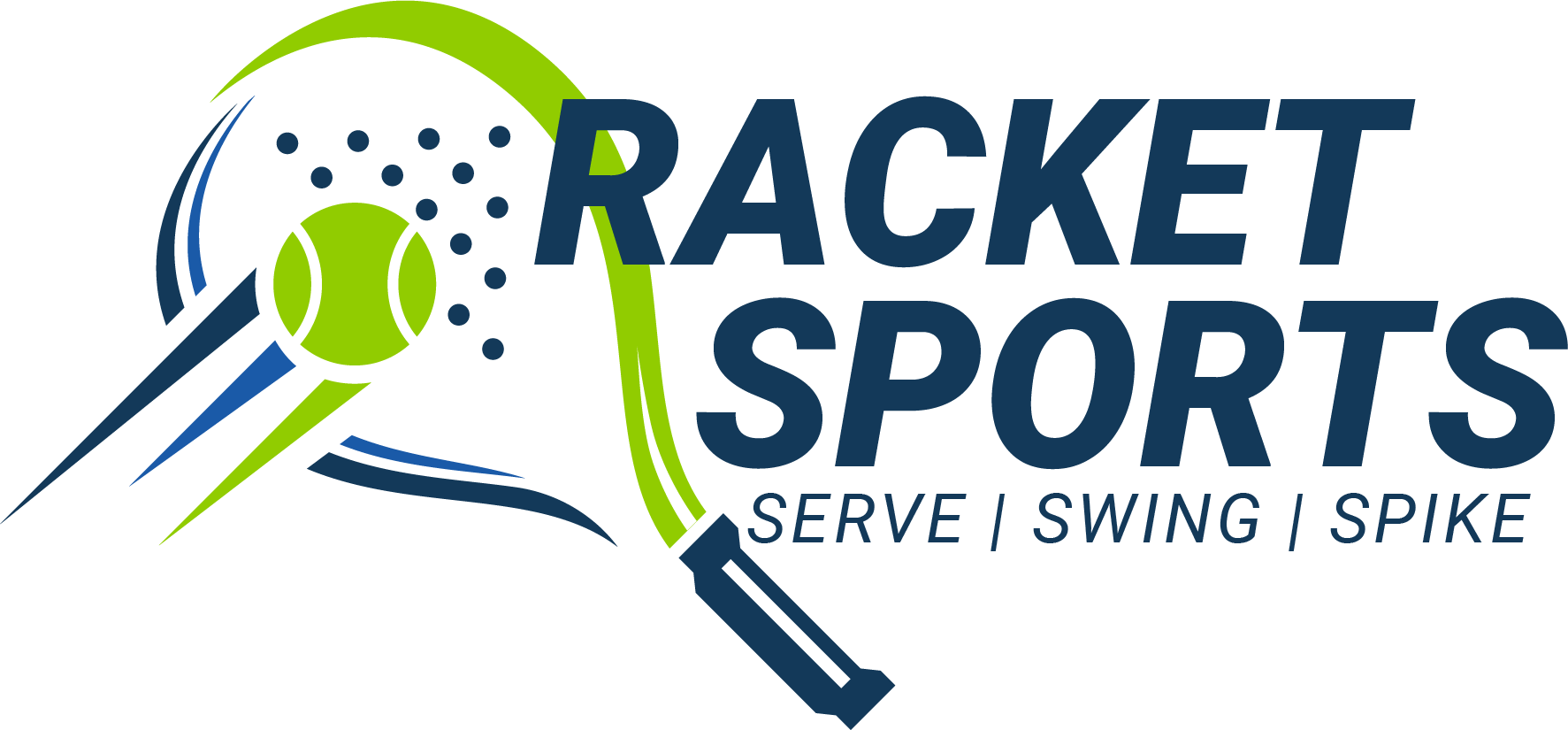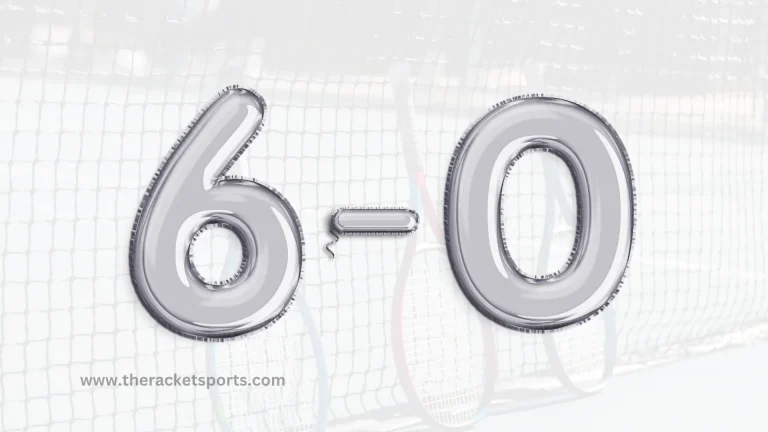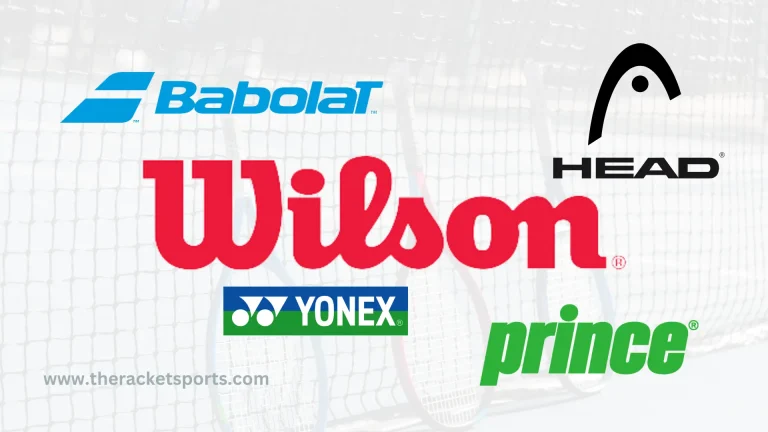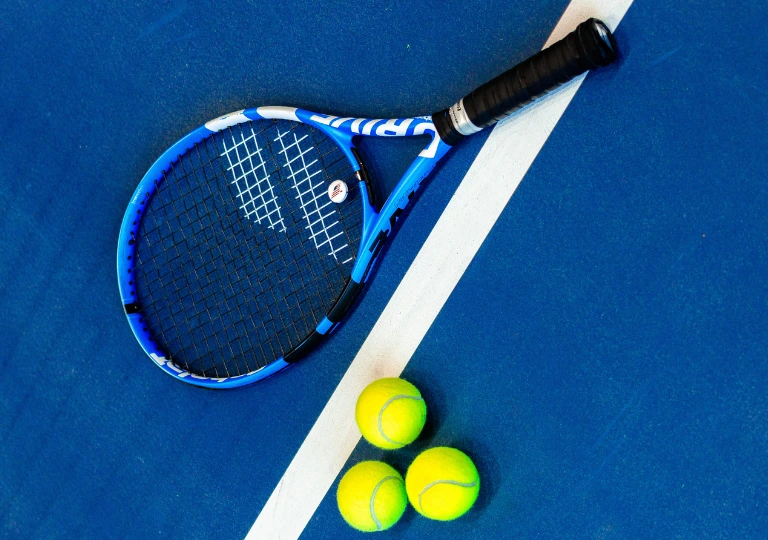What is a Foot Fault In Tennis? | Rules Explained 2025
In tennis, even the smallest variation can lead to violation of rules and players losing points. This happens when players are not aware of the rules and rules of the game. One such violation of rules occurs when players commit foot fault in tennis.
A foot happens when a player steps over the line while serving, either the baseline or center line, before hitting the ball. When this happens, the umpire or referee calls a fault, and the server has to serve again.

Importance Of Foot Fault
Foot faults are important in both professional and recreational tennis to make sure everyone plays by the rules and the game stays fair for everyone involved. They’re like a way to keep things in check and make sure everyone follows the proper way of playing tennis. Let me give you an insight into foot faults in tennis and how you can avoid committing them.

Understanding Foot Fault in Tennis
A foot fault happens when any part of the server’s foot goes beyond the baseline or center line before hitting the ball during a serve. It’s important to note that the lines on the court are treated as part of the playing area, and touching them during the serve can lead to a fault being called.
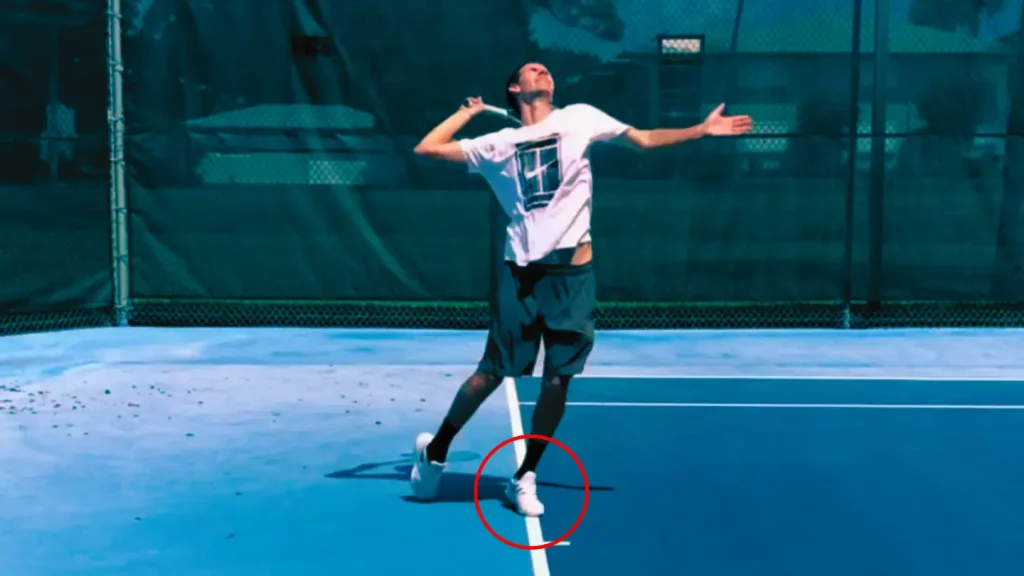
- The regulations for foot faults in tennis are laid out by organizations like the International Tennis Federation (ITF) and the United States Tennis Association (USTA).
- Detecting foot faults in tennis is generally the job of the chair umpire, who closely watches the server’s feet during the serve. In professional matches, technology like the foot fault detection system may be used to identify foot faults accurately.
- When a foot fault is declared, the chair umpire announces it, and the server has to serve again. If a foot fault occurs on the second serve, it becomes a double fault, resulting in losing the point.
- Apart from foot fault specifics, the ITF and USTA also supervise the server’s stance and movement to prevent foot faults. For instance, the server should not touch the baseline or center line with either foot before striking the ball.
- They need to stay still behind the baseline and should not move forward until after hitting the ball.
Implementing foot fault rules is crucial to guarantee fair play and maintain the game’s integrity. By preventing players from gaining an unfair advantage by stepping where they shouldn’t during the serve, foot fault rules contribute to the principles of sportsmanship and fair competition in tennis.
Consequences of Foot Fault in Tennis
A foot fault in tennis happens when the server’s foot positioning breaks the rules while serving. This mistake can seriously affect the match result and the server’s performance. The consequences are immediate and players cannot argue. Let’s see what some of the consequences would be:
Loss of Point:
The major and most severe consequence of a foot fault is the loss of the point for the serving player.
If there’s a foot fault in tennis, the common result would be the opponent getting the point without having to hit the ball back. It is kind of like a double fault where the server’s foot makes a mistake and makes them lose the point right away.
Psychological Impact:
Beyond the immediate loss of a point, foot faults can also have a significant psychological impact on the serving player. For instance; frustration, distraction, and a sense of self-criticism could occur as a result of committing a foot fault. This can affect the player’s concentration and confidence in their next serves.
Momentum Shift:
In a closely contested match, a foot fault can lead to the loss of an important point which can further trigger a momentum shift in favor of the opponent. The serving player may find themselves at a disadvantage and face challenges to regain momentum and composure following the penalty for the foot fault.
Pressure on Serve:
Players who have committed a foot fault might experience extreme pressure and anxiety when serving in following points and games. The fear of committing another foot fault and the need to redeem themselves can put more mental pressure on the serving player which can impact their serving effectiveness.
Strategic Considerations:
Opponents can take advantage of the serving player’s vulnerability following a foot fault and develop strategic tactics to manipulate their mental and emotional state.

How to Avoid Foot Fault in Tennis?
To serve well in tennis and avoid mistakes, you need to be careful with your feet. Make sure you put them in the right place and use the correct serving technique. This helps you follow the rules and serve effectively. Here’s how you can avoid foot fault in tennis:
- Before starting your service action, make sure that both of your feet are positioned behind the baseline. This initial stance provides a clear starting point for your serve and helps you prevent any accidental foot-fault violations.
- Once you are sure about your serving position, seek to maintain a stable and stationary stance or posture. Avoid any unnecessary shifting or movement from your initial position until after you have struck the ball.
- Be conscious of your foot positioning and refrain from crossing the baseline before making contact with the ball.
- After initiating your service motion, refrain from moving forward or stepping into the court after you have struck the ball. Delaying any forward movement will help you ensure that you do not overstep on the court prematurely.
- Spend time practicing your serving technique to establish a consistent and repeatable motion. This can help you develop good habits and reduce the odds of committing foot faults.
- Practice specific footwork exercises specially devised to strengthen proper foot positioning during serves. By focusing on your footwork, you can develop tremendous awareness of your positioning and lessen the risk of foot faults.
- Be aware of your foot placement, especially during your service motion. Also, pay close attention to your feet and their positioning close to the baseline. The awareness of your foot placement can help you catch any likely deviations that could lead to foot faults.
- Have a strong understanding of the foot fault rules and their implications. When you know the rules and regulations, you can actively avoid committing foot faults and play within the boundaries of the game.
- Work with a coach or instructor who can provide guidance and recommendations on proper serving technique and footwork. They can also offer valuable feedback and corrections to help you avoid foot faults.
- Mental preparation can enhance and improve your focus and confidence in your ability to serve within the rules. Always picturing yourself performing flawlessly serves to reinforce your mental ability.
By incorporating these techniques and strategies into your practice and match play, you can significantly reduce the risk of committing foot faults and serve within the parameters of the rules.
Final Thoughts
In tennis, foot faults are important to keep the game fair and follow the rules, whether you’re playing professionally or casually. Implementing these rules helps maintain an equal playing field and upholds good sportsmanship principles.
To refrain from committing foot faults players should be aware of their foot placements before they initiate the serve to avoid any mishap. By knowing and respecting foot fault regulations, and techniques to avoid them players can contribute to the integrity as well as enjoyment of tennis.
Frequently Asked Questions
What is a foot fault in tennis?
A foot fault in tennis occurs when the server’s foot placement violates the rules, that is; stepping over or out of the baseline during the service motion.
What happens when you commit a foot fault in tennis?
When a player commits a foot fault in tennis, the opponent is granted the point without the need to return the serve. It is identical to a double fault which results in an immediate loss of the point for the serving player.
How to avoid foot fault in tennis?
To avoid foot faults in tennis you need to pay attention to proper foot placement during the serve. Make sure that your feet stay behind the baseline and don’t touch or cross over the baseline until after the ball is hit. Practicing good serving techniques and staying mindful of foot positioning can also help you minimize the risk of foot faults.
